A travertine marble facade embodies elegance, sophistication, and timeless beauty, making it an exquisite choice for transforming any architectural structure. Known for its unique texture, durability, and versatility, travertine marble is a natural stone that has been used for centuries to adorn buildings, monuments, and homes around the world. In this article, we will explore the characteristics, benefits, and applications of a travertine marble facade, highlighting why it is a premium choice for those seeking to enhance the aesthetic appeal and value of their property. Characterized by its distinctive veining and variations in color, travertine marble is formed from the precipitation of minerals in the earth’s surface over thousands of years. This natural process results in a stone that is rich in character and texture, with each slab bearing a unique pattern that adds depth and visual interest to any facade. The timeless appeal of travertine marble lies in its ability to complement a wide range of architectural styles, from modern to classic, making it a versatile choice for both commercial and residential projects.
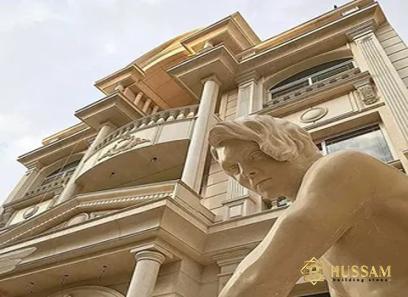
.
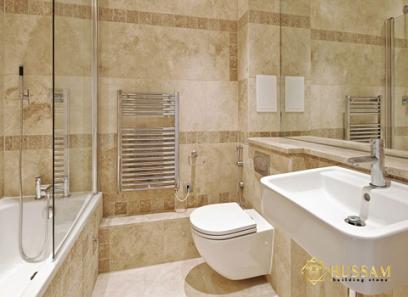 The versatility of travertine marble allows for endless design possibilities, from sleek and contemporary to ornate and traditional. With a variety of finishes, including polished, honed, brushed, and tumbled, travertine marble can be customized to suit any aesthetic preference and design style. Whether used to create a sleek and modern facade with clean lines and smooth surfaces, or a rustic and textured facade with rough-hewn edges and natural fissures, travertine marble offers endless design flexibility for architects, designers, and property owners. In addition to its aesthetic appeal and design versatility, a travertine marble facade also adds value to a property in terms of resale value and marketability. The premium look and feel of travertine marble can enhance the perceived value of a property, attracting potential buyers and investors who are willing to pay a premium for a home or building with a luxurious facade. Moreover, the durability and longevity of travertine marble can increase the overall value of a property by improving its curb appeal and architectural appeal, making it a wise investment for those looking to enhance the market value of their real estate assets.
The versatility of travertine marble allows for endless design possibilities, from sleek and contemporary to ornate and traditional. With a variety of finishes, including polished, honed, brushed, and tumbled, travertine marble can be customized to suit any aesthetic preference and design style. Whether used to create a sleek and modern facade with clean lines and smooth surfaces, or a rustic and textured facade with rough-hewn edges and natural fissures, travertine marble offers endless design flexibility for architects, designers, and property owners. In addition to its aesthetic appeal and design versatility, a travertine marble facade also adds value to a property in terms of resale value and marketability. The premium look and feel of travertine marble can enhance the perceived value of a property, attracting potential buyers and investors who are willing to pay a premium for a home or building with a luxurious facade. Moreover, the durability and longevity of travertine marble can increase the overall value of a property by improving its curb appeal and architectural appeal, making it a wise investment for those looking to enhance the market value of their real estate assets.
..
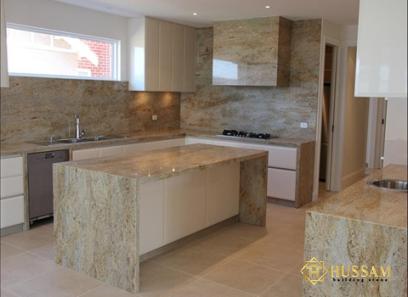 When considering a travertine marble facade for a project, one must take into account the various types of travertine available and their different features. From Classic Travertine with its tan and cream hues to Silver Travertine with its gray and silver tones, there is a wide range of colors and patterns to choose from to achieve the desired look and feel. Additionally, the finish of the travertine marble, whether polished for a sleek shine, honed for a matte appearance, or tumbled for a rustic texture, can greatly impact the overall aesthetic of the facade. Understanding the nuances of travertine marble variations and finishes is crucial in selecting the right material to achieve the desired design vision and aesthetic goals. Incorporating a travertine marble facade into a project offers the opportunity to create a cohesive and visually striking exterior that seamlessly blends with the surrounding environment. Whether used as a cladding material for an entire building facade or as a decorative element to enhance architectural details, travertine marble can enhance the overall design concept and elevate the visual impact of the structure. The natural beauty and elegance of travertine marble complement a wide range of architectural styles, from traditional to contemporary, making it a versatile choice for enhancing the aesthetic appeal of any property.
When considering a travertine marble facade for a project, one must take into account the various types of travertine available and their different features. From Classic Travertine with its tan and cream hues to Silver Travertine with its gray and silver tones, there is a wide range of colors and patterns to choose from to achieve the desired look and feel. Additionally, the finish of the travertine marble, whether polished for a sleek shine, honed for a matte appearance, or tumbled for a rustic texture, can greatly impact the overall aesthetic of the facade. Understanding the nuances of travertine marble variations and finishes is crucial in selecting the right material to achieve the desired design vision and aesthetic goals. Incorporating a travertine marble facade into a project offers the opportunity to create a cohesive and visually striking exterior that seamlessly blends with the surrounding environment. Whether used as a cladding material for an entire building facade or as a decorative element to enhance architectural details, travertine marble can enhance the overall design concept and elevate the visual impact of the structure. The natural beauty and elegance of travertine marble complement a wide range of architectural styles, from traditional to contemporary, making it a versatile choice for enhancing the aesthetic appeal of any property.
…
 When it comes to installation, a travertine marble facade requires skilled craftsmanship and attention to detail to ensure a flawless and durable finish. Proper installation techniques, such as sealing the travertine marble to protect against stains and moisture penetration, anchoring the cladding securely to the building structure, and integrating expansion joints to accommodate natural stone movement, are essential for the long-term performance and stability of the facade. Working with experienced contractors and stone masons who specialize in travertine marble installation is key to achieving a high-quality result that meets the design specifications and functional requirements of the project.
When it comes to installation, a travertine marble facade requires skilled craftsmanship and attention to detail to ensure a flawless and durable finish. Proper installation techniques, such as sealing the travertine marble to protect against stains and moisture penetration, anchoring the cladding securely to the building structure, and integrating expansion joints to accommodate natural stone movement, are essential for the long-term performance and stability of the facade. Working with experienced contractors and stone masons who specialize in travertine marble installation is key to achieving a high-quality result that meets the design specifications and functional requirements of the project.

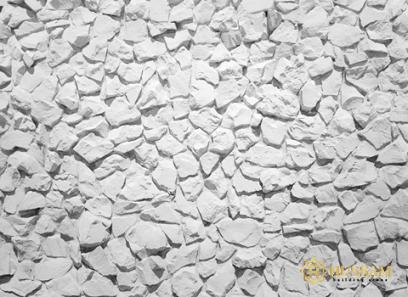

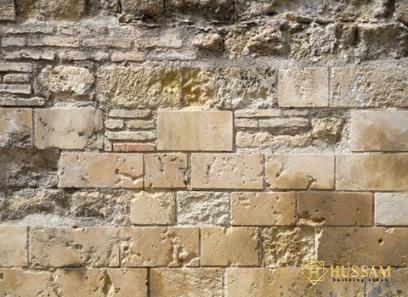
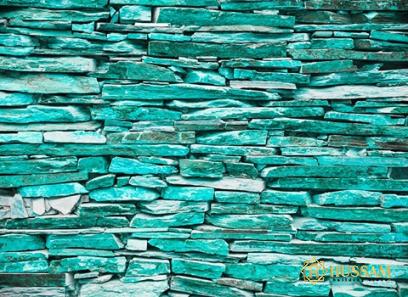

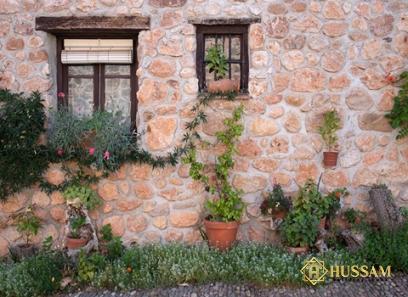
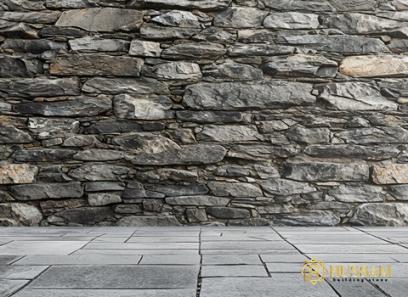
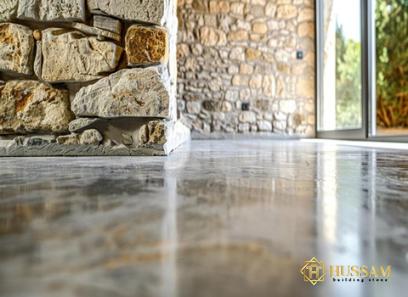
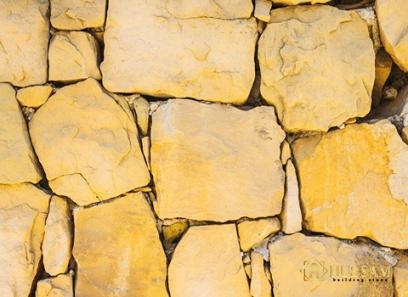
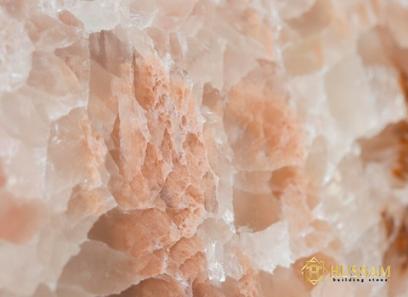
Your comment submitted.